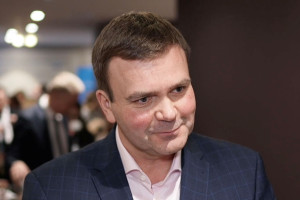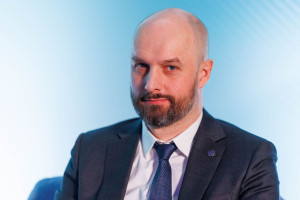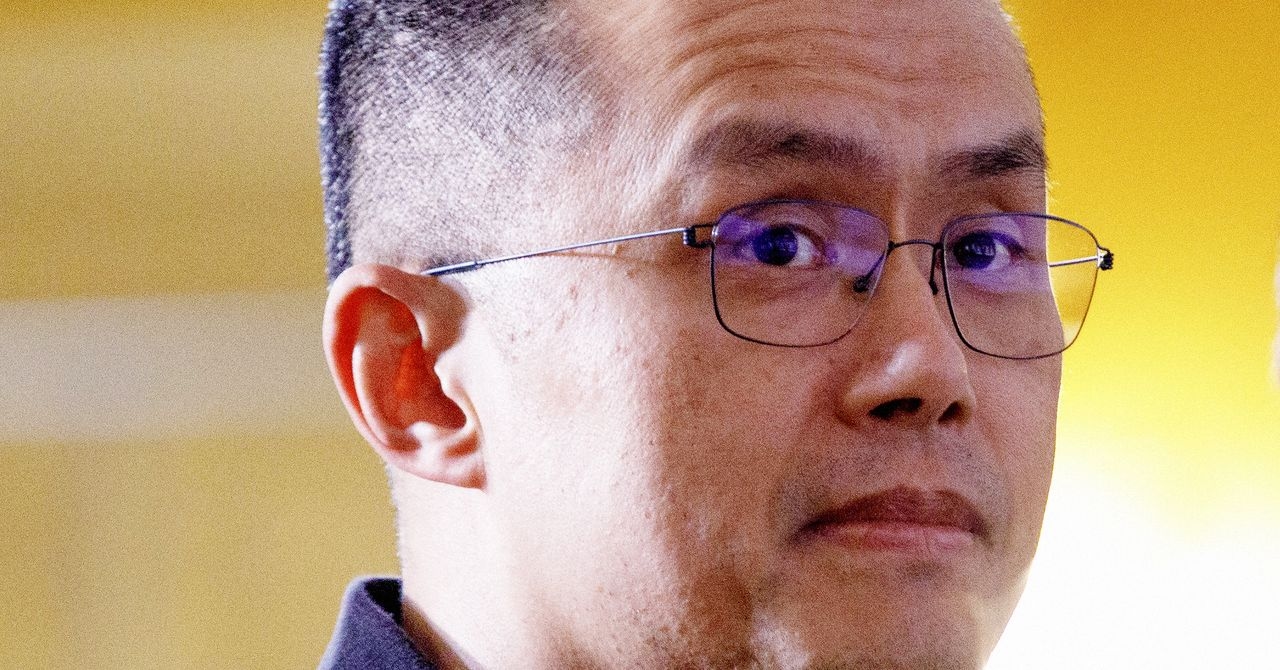Two separate models of hemophilia treatment make no sense. The Ministry of Health announces changes.

- In Poland, haemophilia treatment is carried out in two separate models: the National Treatment Program for Patients with Haemophilia and Related Bleeding Disorders and the B.15 drug program dedicated to the prevention of bleeding in children with haemophilia A and B.
- - Initially, the separation resulted from different sources of financing, i.e. the state budget and the National Health Fund, but now, when the funds are shared, maintaining two channels of access to therapy seems unjustified - says Mateusz Oczkowski from the Ministry of Health
- In his opinion, it would be more appropriate to transfer patients from the drug program to the National Hemophilia Treatment Program.
- The changes would concern three areas: streamlining the channels of access to therapy, improving the possibilities of price negotiations and changing the model of central tenders for medicines.
- The authors of the report "Hemophilia. Current Status and Directions of Development" prepared by the Institute of Healthcare Management at Lazarski University, point to three potential scenarios of change
- "The Ministry of Health is facing a strategic dilemma today. Both models have their justification and systemic importance, but they require rethinking in the context of further integration," commented Dr. Małgorzata Gałązka-Sobotka, co-author of the report.
Currently, there are two parallel organizational and financial models for the treatment of hemophilia: the National Program for the Treatment of Patients with Hemophilia and Related Bleeding Disorders (in force since 2005, currently in the edition for the years 2024–2028) and the B.15 drug program dedicated to the prevention of bleeding in children with hemophilia A and B, which has been in operation since 2010.
The National Program covers all patients (children and adults, including those with other severe bleeding disorders), while the drug program applies only to the population of patients up to 18 years of age.
Why did this happen?
"I remember how we lobbied in 2008 to introduce preventive treatment for children as quickly as possible. We succeeded. But then-Minister of Health, Ewa Kopacz, explained that halfway through the budget year, there were no funds left in the ministry's budget for new activities and launching preventive treatment as part of the national program, because the budget for the Ministry of Health had been defined based on the previous year's plan. She proposed using money from the National Health Fund. That's how the allocation came about," explained Bogdan Gajewski , president of the Polish Hemophilia Association, during a meeting on World Hemophilia Day in April of this year.
Another turning point in the operation of the national program was the decision to transfer treatment funding from the Ministry of Health budget to the National Health Fund (NFZ) starting in January 2023. This move raised concerns about the program's continued operation. Fortunately for patients, the change in funding source did not disrupt organizational efficiency.
Today, the Ministry of Health itself expresses doubts about the sense of the existence of two separate models.
"Initially, the separation stemmed from different funding sources, namely the state budget and the National Health Fund, but now that the funds are shared, maintaining two channels of access to therapy seems unjustified," said Mateusz Oczkowski, deputy director of the Department of Drug Policy and Pharmacy, during the aforementioned conference. He also announced changes.
Other supervision and method of purchasing drugsThe differences between the two models were examined by the authors of the report "Hemophilia. Current Status and Directions of Development" prepared by the Institute of Healthcare Management at Lazarski University, edited by Dr. Małgorzata Gałązka-Sobotka, who explained the differences during the presentation of the document (October 29).
Each program operates under separate supervisory structures. The National Hemophilia Treatment Program is overseen by the Ministry of Health, which operates through the National Blood Center (NCK). Treatment under this program is conducted in 27 specialized centers.
The drug program is overseen by the Hemophilia Coordination Team at the National Health Fund. The payer therefore serves as the coordinating institution, designated by the Minister of Health to monitor the program and its implementation.
The two paths differ in terms of patient numbers and costs. According to the report, NCK currently plans to treat 3,215 people under the National Treatment Program for Hemophilia and Related Bleeding Disorders for 2024–2028. Last year, the cost was PLN 460 million, and this year, it has risen to PLN 500 million.
The number of patients treated with individual drugs between 2019 and 2024 under the 2024 drug program was 430. The current cost of the program is approximately PLN 46 million.
The method of purchasing therapies is also different. In the case of the National Program, which is a health policy program, therapy purchases are conducted through central tenders, without the possibility of direct price negotiations, as is the case with drug programs.
These have legally mandated negotiating pressure, which allows for achieving more favorable prices and terms for purchasing drugs. As a result, drug programs allow for greater flexibility and economic efficiency.
The purchase of coagulation factors under the B.15 drug program for the prevention of bleeding in children with hemophilia A and B is carried out through a central tender, implemented by the Institute of Mother and Child.
The report's authors also examined the organization of hemophilia treatment systems in other countries. Three purchasing options were observed in Europe: reimbursement within the public healthcare system, hospital purchase, or insurance.
23 countries use a central purchasing system, others prefer regional or mixed solutions.
New modeling of drug tenders"Currently, the funding for hemophilia treatment is shared, so I don't see the point in continuing this. The approaches in this regard vary, and over the years, many different stakeholders have tried to convince us to change this model," said Director Oczkowski.
The changes would address three areas. Primarily, consideration is being given to streamlining access to therapy to eliminate the current disparities resulting from the parallel operation of two programs and funding pathways.
According to a representative of the Ministry of Health, it would be more appropriate to transfer patients from the drug program to the National Hemophilia Treatment Program.
Further elements include improving negotiation conditions with pharmaceutical companies and reforming the tendering system.
"The logistics and organization of the system are unique on a national scale. The only thing we lack as the Ministry of Health, and what we excel at, is price negotiations. Therefore, the ministry intends to strengthen the price negotiation system. Currently, negotiations generate significant savings – around two billion złoty per year – but these savings are lacking in the area of hemophilia therapy, resulting in the loss of potential financial benefits," said the deputy head of DPLiF.
He mentioned that there are already regulations that allow the Ministry to summon the manufacturer to negotiations in the event that the drug constitutes a significant cost element of the health service: - With expenditures of around PLN 500 million, such actions are fully justified.
"The drug program also lacks one element that is included in the National Hemophilia Treatment Program – we don't establish terms through negotiations; instead, it's done through central tenders. There's no model for splitting central tenders into multiple tasks, which leads to a secondary monopoly. One supplier wins, so it's difficult to speak of individualized treatment in this case," he added.
Moreover, as the director emphasized, after reviewing the history of central tenders conducted over the years, it turned out that extended-release drugs, which were cheaper than standard-release drugs, were losing. Therefore, he announced work on amending the regulations governing drug tenders in healthcare to prevent secondary monopolies.
The national program is a positive example. "As part of the successful tenders organized by the National Blood Center through the Public Procurement Office, in the case of factor VIII, for example, where over 60 percent are recombinant, long-acting factors, we have three different substances from different marketing authorization holders. The same happened in the case of factor IX, where the suppliers are different marketing authorization holders," said Sebastian Twaróg, director of the National Blood Center.
Three system development scenarios"The Ministry of Health faces a strategic dilemma today. In Poland, two parallel models exist for providing access to modern therapies for hemophilia patients. Both have their justification and systemic importance, but require rethinking in the context of further integration," said Dr. Gałązka-Sobotka.
The authors of the aforementioned report proposed three potential scenarios for the development of the system:
- Evolutionary model – assumes that modern therapies are first included in the drug program as pilot solutions, and after gaining experience and confirming their effectiveness, they are included in the National Program
- Integration model – immediately places all technologies within the National Programme, abandoning the separate nature of programmes.
- Hybrid model – combines both mechanisms, enabling them to function in parallel.
Each of these models has its advantages and disadvantages, which are analyzed in detail in the report. The authors note that the key is not so much choosing one solution over another, but finding a model that maintains continuity of care and flexibility in responding to new therapeutic technologies.
Copyrighted material - reprint rules are specified in the regulations .
rynekzdrowia











